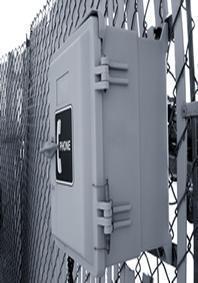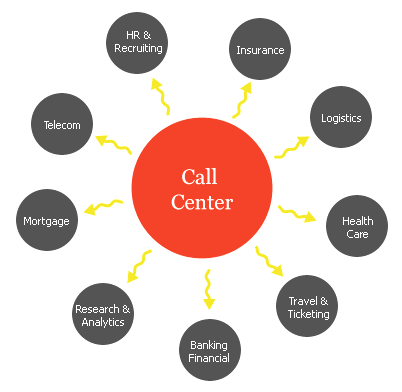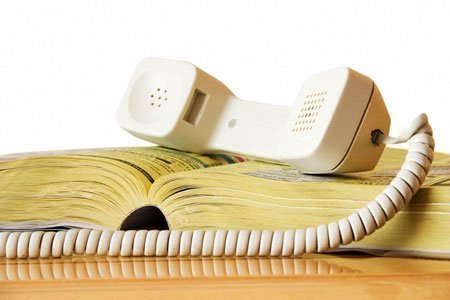Anyone who has conducted or participated in a telephone conference call knows how noise can interrupt the meeting. There are a number of ways to prevent some types of noise from ever occurring, as well as ways to quickly eliminate noise if it does occur during a call.
Before the Call
Most noise issues on conference calls are caused by equipment used to access the conference. Avoid using a cheap phone that you know will provide poor sound quality on a point to point phone call. Those imperfections will be magnified in a conference call. Also, be careful about the use of cell phones on a call, particularly if you are the host. While cell phone technology is much more reliable than it was just a few years ago, many services still have a long way to go before they will match the clarity of a land-line. As with a cheap phone, your cell phone may lack the sound clarity to be effective on a conference call.
If you plan to use a speakerphone, pay attention when placing the unit. For instance, if your speakerphone is placed under an air duct, the airflow may blow across the speaker and create static or other noise in the call itself. Also, think about what type of material your speakerphone is resting upon. Metal surfaces often can create reverberations that cause the sound to cut in and out. If possible, place your speakerphone on a wooden surface. If you still experience the chopping effect, slip a mouse pad under the unit.
Many people take conference calls in a conference room. Before the conference call begins, adjust the speaker volume to no more than half capacity. People often turn the volume all the way up, which can over-ride other persons on the call. Also, remind everyone in the room that rattling papers and tapping pencils can disrupt the conference. As a final precaution, close doors to the hallway and shut any windows. Street noise and conversations from the hallway can also create background noise and make it hard for people on the call to hear and be heard.

During the Conference Call
Should you have any sound issues during the call, do not hang up. Your service provider can only isolate and correct a sound problem while it is in progress. Alert the operator that you need assistance. Inform him or her of the type of sound you are hearing. Most conference bridges are structured to allow operators to determine which line the disturbance is coming from and take steps to correct the matter. Typically, they will be able to do this in thirty to forty five seconds on a conference call with fifteen or less lines. The operator should inform you of what he has been done to eliminate the sound issue. Often, he will offer to remain on the line for a few moments to ensure the sound issue does not recur.
If you are using a cheap conference call service that does not provide operator support during the conference, then change services. Your time and the time of the other attendees is worth more than the few dollars you are saving.




Tim
Ask your service provider not only to monitor noise level but also to actively cancel noise coming from ports. There are several software-based solution that will actively cancel the noise before it reaches the bridges and being mixed with all other channels. PBXMate is one option of doing active noise cancellation on VoIP networks.